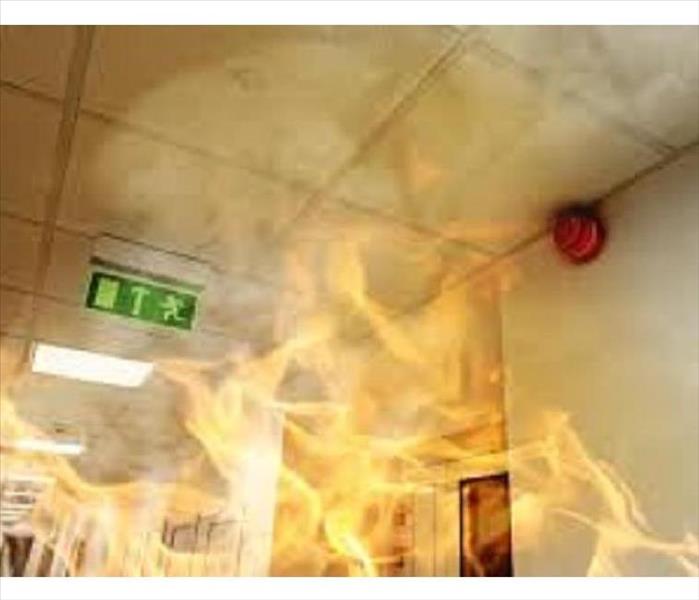3 Steps to Making Your Workplace Safety Drill Work | SERVPRO® of Western Dutchess County
9/19/2019 (Permalink)
If you are a manager or a business owner in Dutchess County, you understand how important it is to keep your workplace free of hazards and your employees safe from harm during their day-to-day tasks. However, have you considered what would happen should an emergency occur in the workplace?
Because of how negatively a disaster can impact a small business, it is important to create a plan for what to do should an emergency occur. Creating a plan that accounts for multiple possibilities, gathering feedback and then using that feedback to improve are all important components to coming up with a fool-proof plan.
Here’s how business owners can work toward creating a workplace safety drill that works:
- Plan Your Drill
In order to create a properly executed drill, it is important to plan it thoroughly and well in advance to ensure it is as effective as possible. Be sure to plan for every scenario that could put your staff in harms’ way, such as fires, storm damage, power outages or any other emergency that could be specific to your industry. Prepare for specific points such as:
- Determining a meeting point outside of and away from the building
- Designating someone to perform a headcount and ensure that everyone in the building participates
- How to perform any emergency shutdown procedures such as turning off machinery before exiting the building
It may also be wise to schedule drills at various times if you have personnel who work a variety of hours so everyone is able to experience them.
- Determine Where to Improve
After performing safety drills, the most important thing to do is take note of where improvements could be made. Even things that seem small can make a large difference in an emergency scenario, such as more lighting or better signage. Solicit feedback from employees on how the drill could improve to get further ideas.
- Make Changes and Repeat
As you continue to make improvements and run drills, it is important to note how more recent drills compare with earlier ones. Tracking the improvements that are made and the results of each round is a great way to ensure that drills are as efficient as they can be, that way everyone will stay safe should a real emergency occur.
If you’ve had an emergency occur at your business, we’re here for you 24/7! As experts in commercial restoration, we can handle fire, water or storm damage from any disaster. Give us a call today to learn more.





 24/7 Emergency Service
24/7 Emergency Service
